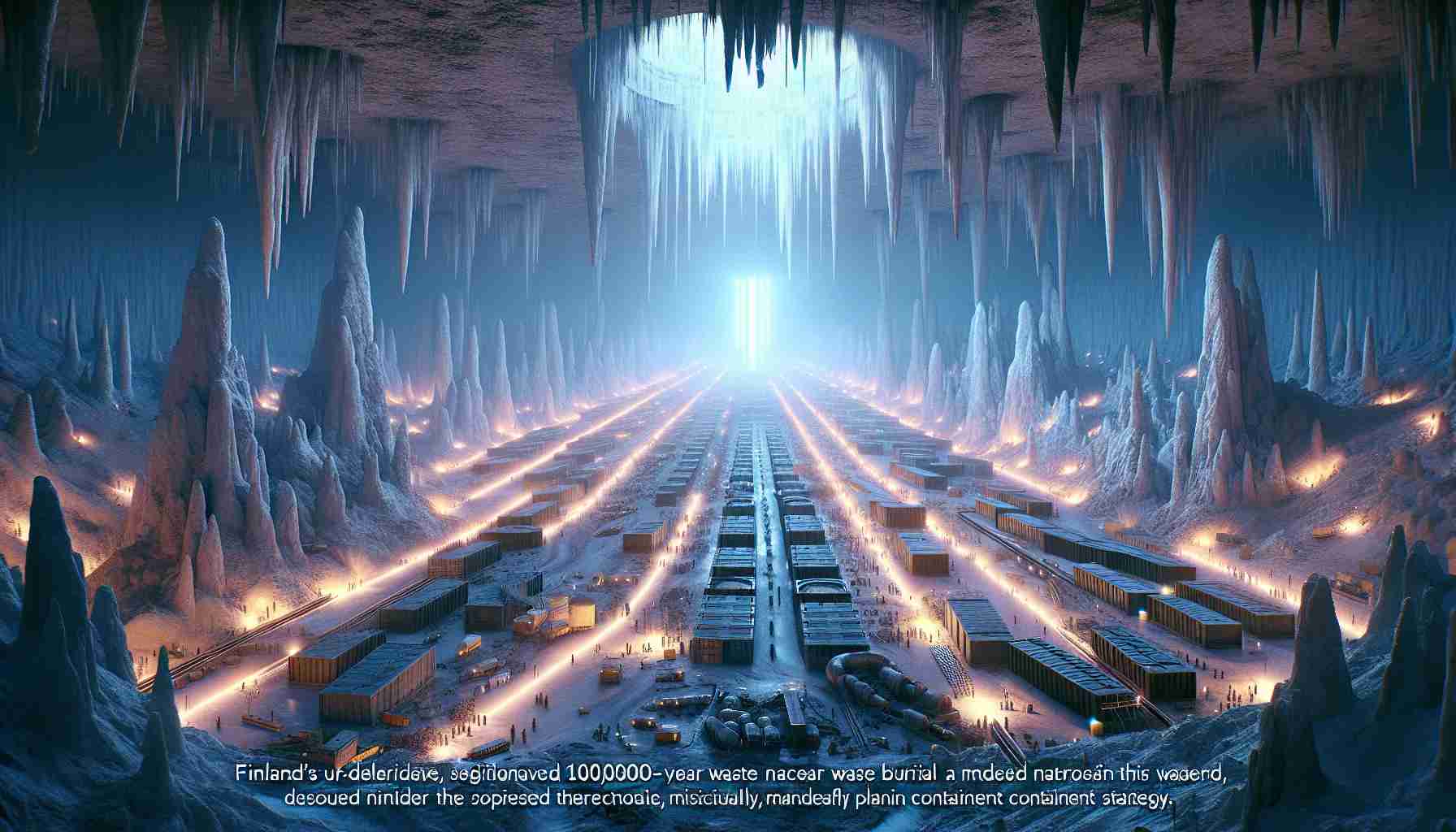Introduction to a New Era
Japan has recently made headlines by unveiling the JT-60SA reactor, poised to be the largest experimental nuclear fusion reactor globally. This ambitious project signifies a pivotal move toward harnessing nuclear fusion—considered by many as a key solution for meeting the energy needs of the future.
Understanding Fusion
Unlike traditional nuclear fission used in existing power plants, nuclear fusion merges atomic nuclei instead of splitting them. This groundbreaking process promises immense potential but remains in its infancy. The goal of the JT-60SA reactor is to assess fusion’s feasibility as a safe, substantial, and environmentally friendly energy source—the objective being to generate a surplus of energy through fusion.
Perched in Naka, north of Tokyo, the reactor stands six stories tall, featuring a unique donut-shaped tokamak designed to manage plasma heated to an astonishing 200 million degrees Celsius. The reactor’s design reflects efforts to mimic the fusion reactions that power the sun, aiming for the long-sought “net energy” achievement.
Collaborative Efforts and Global Impact
The JT-60SA’s construction involved over 500 scientists and engineers from various countries, demonstrating a spirit of collaboration. The project has garnered praise from European leaders, heralding its significance in the annals of fusion history. As countries around the world face the challenges of climate change and energy security, the advancement of fusion technology could represent a transformative shift in energy production, leading to a cleaner, more sustainable future.
The Future of Energy: Japan’s JT-60SA Fusion Reactor and Its Global Implications
The Rising Need for Alternative Energy Sources
As the world grapples with an escalating climate crisis and dwindling fossil fuel reserves, the urgency for innovative energy solutions has never been more pressing. The JT-60SA fusion reactor in Japan not only aims to provide a sustainable energy source but also embodies a growing trend among nations to invest in advanced technologies that promise to reshape the energy landscape.
New Developments in Fusion Technology
While the JT-60SA is a significant milestone, it is not the only initiative in the global push towards fusion energy. Countries such as the United States, China, and various European nations are also making strides with their fusion projects. For instance, the ITER (International Thermonuclear Experimental Reactor) project in France aims to build on JT-60SA’s findings, creating a more extensive collaborative research network. These developments suggest a burgeoning global fusion community, potentially leading to faster advancements and sharing of crucial technologies.
Economic Benefits to Local Communities
The construction and eventual operation of the JT-60SA reactor are set to bring substantial economic benefits to local communities. Increased job opportunities during the construction phase and long-term employment for skilled technicians and scientists in operational phases could stimulate local economies. Moreover, the influx of international talent and collaboration can foster innovation and development in surrounding sectors, such as technology and education.
Controversies and Challenges Ahead
Despite its promise, nuclear fusion technology does not come without its controversies. Critics have raised concerns regarding the safety of the materials and techniques involved in managing plasma at extreme temperatures. Although fusion is generally viewed as safer than fission, public perception and acceptance remain crucial barriers. Education and transparent communication about the safety measures being implemented will be essential to garner public support.
Furthermore, funding and resource allocation present ongoing challenges. Governments may face political pressure to justify expenses on experimental projects with uncertain outcomes, especially when immediate energy needs appear to demand more traditional investments.
Related Questions and Insights
What role will fusion energy play in combating climate change?
Fusion energy has the potential to provide vast amounts of clean, almost limitless energy, significantly reducing greenhouse gas emissions and dependence on fossil fuels.
Will other countries follow Japan’s lead?
Given the global urgency to transition to sustainable energy, it is likely that other nations will intensify their efforts in fusion research and development, forming alliances similar to that of the JT-60SA project, especially as the technology matures.
How can stakeholders besides scientists contribute?
Community engagement, policy-making, and education are key areas where non-scientists can support the fusion movement. By spreading awareness and advocating for sustainable energy practices, local communities can influence governmental policies towards renewable energy.
Conclusion
The JT-60SA reactor is more than just a scientific marvel — it’s a beacon of hope for a sustainable future. As the fusion community grows and evolves, its implications will undoubtedly ripple across nations, influencing energy policies, economic growth, and the global fight against climate change. For more information about energy transitions and advancements, visit IAEA.
The source of the article is from the blog xn--campiahoy-p6a.es



